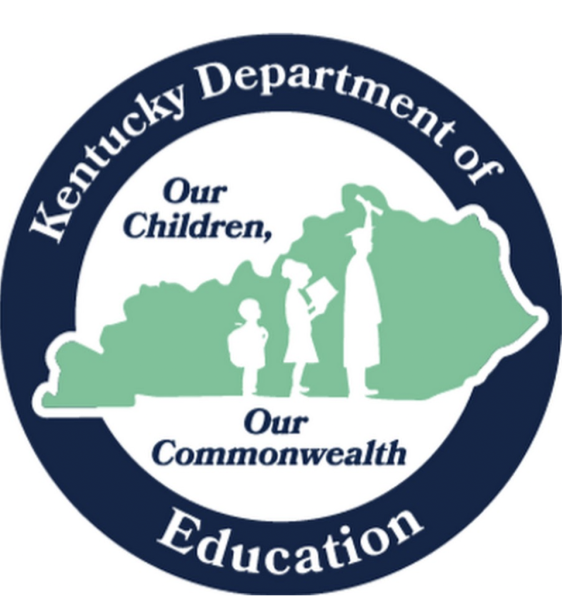Retrospective COVID-19 protocol repercussions for families
(Courtesy of Healthy at School and the CDC)
The Heathy at School Page Header and the CDC logo.
Throughout the pandemic Americans have heard headlines such as “COVID-19 Fears May Be Causing People To Ignore Medical Emergencies” from sites like NPR however myself, and many others have experienced a similar yet vastly under-reported issue.
Similar to other schools around the nation, when a Highlands High School student displays any symptoms of COVID-19 they have to go home, whether it is or is not actually COVID-19. This is great for public health, but it can lead to other problems.
To be clear, I am not arguing that quarantine was the wrong move during the pandemic, I’m not even saying there was a better answer, I am however shining a light on this issue. Following protocols was definitely a good idea despite their flaws.
It has become less of a problem as the COVID-19 numbers go down and the protocols start to become more lenient.
If students live with front-line workers, especially healthcare workers, any exposure could lead to weeks of time off of work, and a lot of missed payment opportunities.
Based on CDC advice, when your child comes home with a possible symptom(s), you can’t risk going into work and infecting clients and other work staff.
For single or low-income households losing a week or two of pay could put the entire household in a tricky situation.
Students who live out of the district also felt the effects. Parents and family members aren’t in town to get paper homework, and they aren’t close to friends who can help.
During the 2020-2021 NTI school year, free lunches were offered. However, not being in town meant parents couldn’t save money on free food because it didn’t make sense to come all the way into the Fort Thomas district.
“I am worried that I wasn’t able to submit a writing piece to my freshman portfolio due to being in quarantine and having an irregular class structure,” said Sophomore Griffin Sanders.
According to the FTIS ‘Healthy at School website, “Symptoms include (but are not limited to): fever, chills, cough, shortness of breath or difficulty breathing, fatigue, muscle or body aches, headaches, new loss of taste or smell, sore throat, congestion or runny nose, nausea, vomiting, and diarrhea.”
Many different illnesses can exhibit those symptoms, whether it be a simple stomach bug, the flu, and viral or bacterial infections.
Students could have been forced to suffer in silence with a sickness that they knew wasn’t COVID-19, and may have been faced with the moral dilemma of choosing family well-being and/or classmate well-being when it is actually COVID-19.
With vague criteria for who could be forced to go through the COVID-19 protocols, it isn’t hard to see why students could be fearful. While the gauntlet that was COVID-19 protocol has become more lenient and simple, earlier in the pandemic it was the exact opposite.
In my experience, these policies had an adverse impact on many types of families.
However, in my opinion, the blame really falls on those who continue to ignore COVID-19 safety and lack of rapid testing. If a family can get a 15-minute rapid test, they can send their kids back to school and parents back to work within one day.
The damage has already been done, now it is just a matter of fixing these errors before another spike of the pandemic. Whether those fixes come from the school, government, or families doing the right thing, it is clear that some changes need to be made so that COVID-19 related moral dilemmas don’t occur in any more households.
Following CDC masking recommendations by wearing your mask at school and in any large group setting, along with getting a vaccine are great ways to rip out the roots of this problem, which is COVID-19.
Many students like me can’t financially afford to not wear a mask, can’t afford to go against CDC masking recommendations just because we have “a hard time breathing” in one.
Irresponsibility on the part of students played a major role in this issue and the families it impacted.
For students, listening to the health effects related to COVID-19 was, and still is very important. However, listening to the people whose lives they may be affecting should have been equally important.













